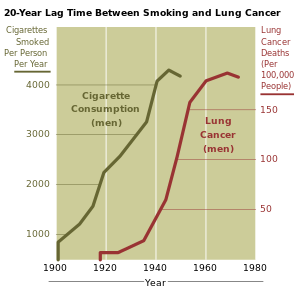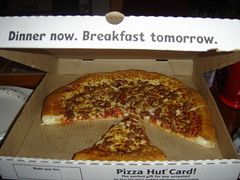At the time I didn't understand the politics of food in the schools. How the government mandates nearly all the choices and portions. The politics are less clear on who is influencing those decisions...not health professionals but rather big farm businesses who want to sell to the schools.
Oregon students are trying to change this.
From Slow Food USA:: "Over the last few months, more than 17,000 kids, parents and ordinary citizens have sent letters to Congress asking legislators to invest in healthier food when they reauthorize the Child Nutrition Act this spring. 3,000 of those letters were hand-written (or hand-drawn, with crayons) and then mailed to legislators’ offices by post, with help from Slow Food leaders across the country.
Anna Green, one of the leaders of Slow Food High Desert in Central Oregon, worked with teachers and school administrators at La Pine Middle School to help eighty students write letters to U.S. Senator Jeff Merkley. Anna scanned a few of the best letters and sent them to us in a PDF – click here to read them. As a teaser, here are a few of the best quotes:
“We want real grated cheese made in Oregon.”
“I think us kids diserve [sic] better food in school.”
“We shouldn’t have any more greasy food.”

![Reblog this post [with Zemanta]](http://img.zemanta.com/reblog_e.png?x-id=ac967706-35ed-4b3d-8c88-6eec67570f4e)

![Reblog this post [with Zemanta]](http://img.zemanta.com/reblog_e.png?x-id=208c44e9-0043-4e4b-b3c2-04bab5f1884f)

![Reblog this post [with Zemanta]](http://img.zemanta.com/reblog_e.png?x-id=e7f49eb5-622e-4306-97a7-dde463b3aa25)
![Reblog this post [with Zemanta]](http://img.zemanta.com/reblog_e.png?x-id=cd8e7af7-ae65-45ba-a6fd-15a29ab162bf)

![Reblog this post [with Zemanta]](http://img.zemanta.com/reblog_e.png?x-id=b149cde1-e78e-4f60-9864-c7d2a41533ef)

![Reblog this post [with Zemanta]](http://img.zemanta.com/reblog_e.png?x-id=8753ff77-9138-4f4f-9a37-002d5ac4fadb)

![Reblog this post [with Zemanta]](http://img.zemanta.com/reblog_e.png?x-id=88740701-8dab-48c0-b106-c40c647d1f3d)

![Reblog this post [with Zemanta]](http://img.zemanta.com/reblog_e.png?x-id=2ea1ed48-1a17-4534-be71-4d3ec1841a06)

![Reblog this post [with Zemanta]](http://img.zemanta.com/reblog_e.png?x-id=3aa20113-ab7d-43fd-b028-19ea7a9de73e)
![Reblog this post [with Zemanta]](http://img.zemanta.com/reblog_e.png?x-id=3694559a-e078-421b-b3c4-beb5e31eff22)
![Reblog this post [with Zemanta]](http://img.zemanta.com/reblog_e.png?x-id=fe2b2769-76d5-4bfe-991f-64df2d618b70)
![Reblog this post [with Zemanta]](http://img.zemanta.com/reblog_e.png?x-id=86c6c9af-4a6c-44bc-bb6e-1e297b583ac6)
![Reblog this post [with Zemanta]](http://img.zemanta.com/reblog_e.png?x-id=798893e1-7a25-418c-a4a6-762905adbd64)

![Reblog this post [with Zemanta]](http://img.zemanta.com/reblog_e.png?x-id=3461bab5-bc95-45f1-8daf-7020d6f2b343)

![Reblog this post [with Zemanta]](http://img.zemanta.com/reblog_e.png?x-id=160569ba-155b-4c74-bb00-1b7ef58966b8)

